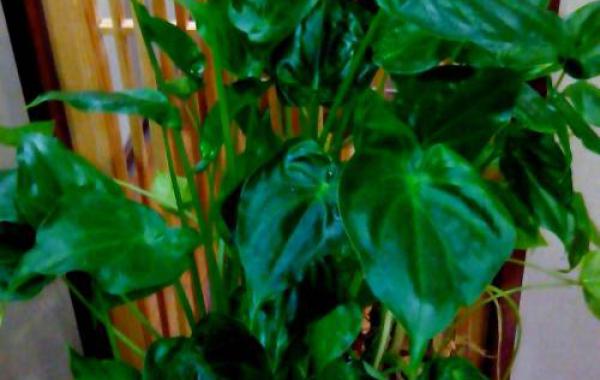Why do the leaves of flowers have different colors?
The leaves of flowers have a variety of colors. Today, I would like to share with you why the leaves of flowers have different colors.
The color of flower leaves is mainly determined by chlorophyll, lutein, carotenoids, anthocyanins and other plant pigments contained in leaf cells. Chlorophyll an is turquoise and chlorophyll b is yellowish green. because of their different contents in the chloroplasts of different flowers, some leaves are dark green, some are light green or grass green.
Carotenoid is the color source that makes leaves orange, anthocyanin is the color source that makes leaves red and blue, and lutein is the color source that makes leaves yellow. The leaf epidermis of most flowers contain only chlorophyll, so the leaves are mostly green. Green is the basic color of plant leaves, but there are differences in light green, bright green, thick green, yellow-green, red-green, brown-green, blue-green, dark green, dark green and so on. And some flower leaf epidermis cells contain a large number of carotenoids, anthocyanins and lutein and other pigments, or a large content in a certain part of the leaves, so the formation of colored leaves.
For example, red leaf plantain, red leaf beet and other foliage flowers contain anthocyanins in their mesophyll cells, so the whole leaf is red.
The leaves of Phyllostachys pubescens and red mulberry have more chlorophyll synthesis under weak light and more carotenoids and anthocyanins under strong light or low temperature, so they are cultured in semi-shade to turn green and preserved in strong light or in spring and autumn. the leaves are fuchsia or orange.
The leaves of Phnom Penh and Phnom Penh tequila contain chlorophyll and lutein in different parts, so the leaves show two colors of yellow and green.
In addition, the leaves with a variety of colors of variable-leaf trees and other foliage plants, leaves show a variety of colors, the reason is also the same.
Similarly, the discoloration of the fruit is also the result of the change of pigment. When the fruit is young, the green of the pericarp is mainly caused by chlorophyll. As the fruit ripens, the content of chlorophyll decreases, carotenoids and anthocyanins increase, thus making the fruit yellow, orange or red.
Related
- What if the leaves of potted flowers turn yellow?
- Florescence Control of several Flowers
- Anti-freezing technology and post-freezing nursing technology of flowers
- What is the classification of flowers? What are the common methods of flower classification?
- Prevention and control of alkali and acid damage of flowers in courtyard
- Technology of Anti-freezing and restoring growth of Flower seedlings in greenhouse and greenhouse
- How does flower fertilization not hurt the root? Fertilization technology of flowers
- Key points of disinfection in flower greenhouse
- Several pesticides that are banned or used cautiously in flowers
- How to fertilize the flowers that watch the leaves?



